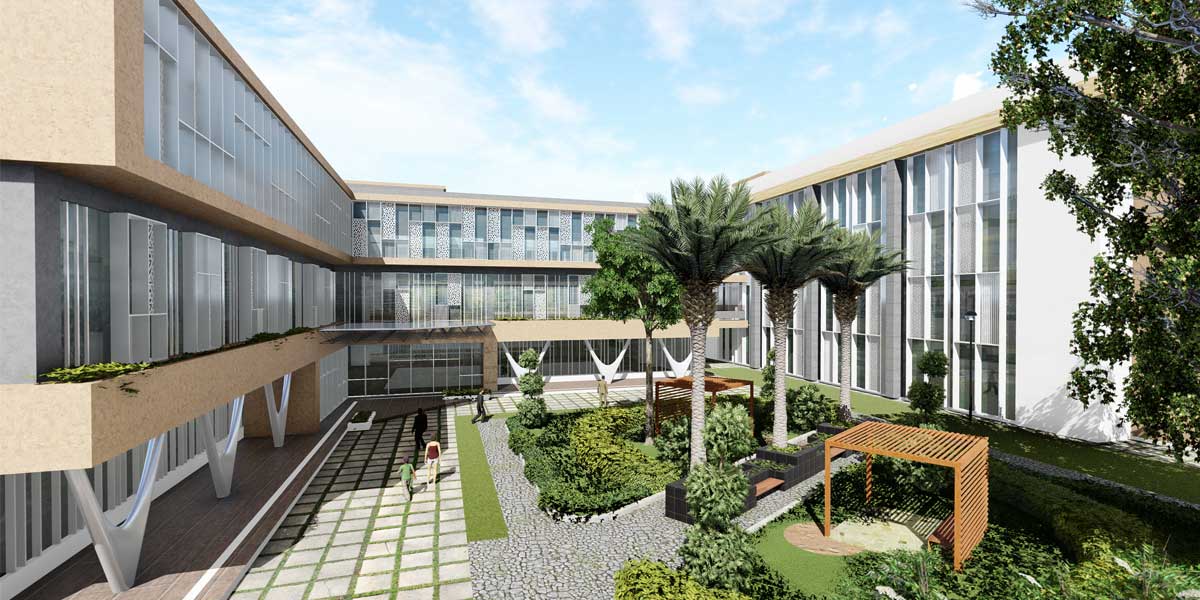

The plight of our healthcare infrastructure has been highlighted as never before by the COVID-19 pandemic. The surge of affected patients, insufficiency of patient beds, understaffed hospitals and shortage of medical equipment are only some of the concerns of the medical fraternity. Various critical shortcomings have been identified in the design of our hospitals, which have failed to provide enough space for the rising number of cases and reduce the possibilities of cross-infection. This has led to an increased need for healthcare facilities that neither open wards nor more flexible capacity can address, making it essential to re-evaluate and reimagine our clinical environments. The present situation can be seen as an opportunity to reinvigorate healthcare systems across the country. This article discusses some of the design considerations that can be adopted to achieve this.
Mobile clinics One of the significant challenges of the pandemic has been to provide adequate healthcare services in remote areas of the country, which led to a mass movement of affected patients to major cities and an inevitable strain on available resources. Portable digital clinics that use advanced technologies for minimal cross-infection and are easy to move in remote areas can be one of the primary steps in this direction. Further, we need to develop smaller healthcare centres at multiple locations in Tier-II and Tier-III cities to accommodate necessary functions and larger facilities at easily accessible locations.
In conclusion While all the steps mentioned above are essential to ensure the revival of our healthcare infrastructure, it is equally crucial that patients heal amid a natural environment. Designs that integrate maximum natural light and ventilation can help reduce recovery time. Emphasis should also be given to providing a physical and visual connection to nature, such as open spaces and healing gardens, which assist in patient recovery, reduce stress and improve the overall healthcare environment. This has been a strong focus in our upcoming projects, the National Institute of Ayurveda, Panchkula, and the National Institute of Unani Medicine, Ghaziabad, where the layout plans of the hospital complex are developed with ample open spaces. The provision of green spaces for natural treatments and herbal gardens offers a rejuvenating healthcare experience for patients. Apart from providing the necessary medical facilities, these institutes also act as centres for growth and advancement to promote the research of alternate medical practices.
As we move ahead, our focus has to be on designing sustainable hospitals and improving operational efficiency while reducing working costs. The motive is to move towards a system where facilities become a catalyst for better health and promote healthy habits and well-being among communities—a nexus of healthcare infrastructure that enables resilience in society. The outbreak, therefore, is an opportunity to identify gaps and initiate positive changes in our built environment.